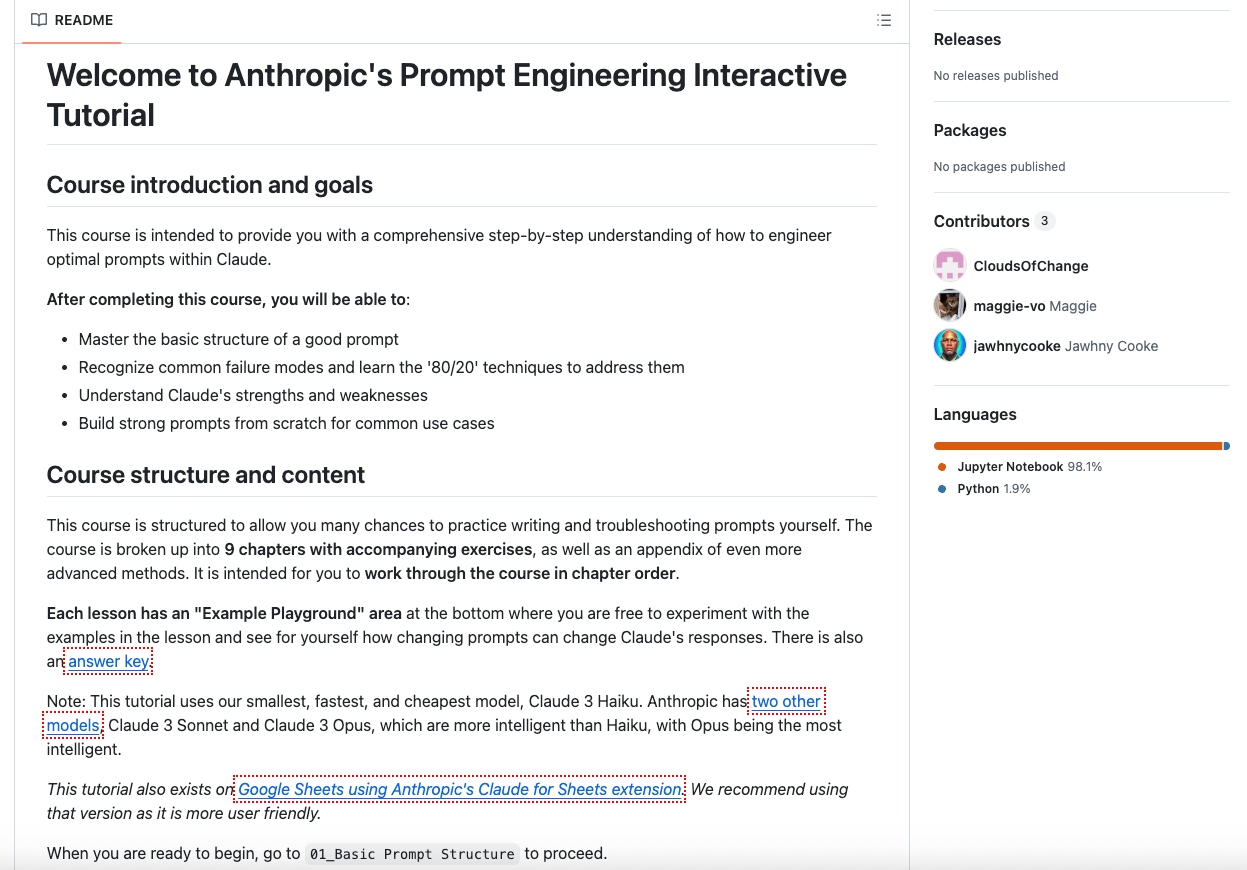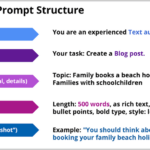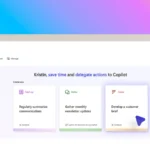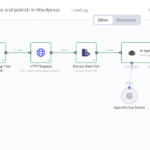Anthropics Interactive Prompt Engineering Tutorial is establishing itself as the gold standard for professional AI communication and changing fundamental ways of working in the modern business world.
Available on GitHub, Anthropic’s tutorial has already garnered over 17,000 stars and is recognized by professionals worldwide as a groundbreaking educational resource. The systematic approach to prompt engineering shows how structured communication with AI systems can enable measurable productivity gains of up to 30%.
Companies in various industries are implementing the tutorial methods in their business processes and reporting significant efficiency gains. The 9-chapter structure of the tutorial leads systematically from basic prompt techniques to complex application scenarios, benefiting both beginners and experienced practitioners.
The practical implementation is carried out using Jupyter notebooks, which enable interactive learning and provide immediate feedback on prompt optimizations. This hands-on approach sets the tutorial apart from conventional documentation and ensures lasting learning success.
Systematic structure creates professional standards
The tutorial is divided into three levels of difficulty: Basics (chapters 1-3), Advanced Techniques (chapters 4-7) and Expert Knowledge (chapters 8-9). Each section builds systematically on the others and teaches specific skills for different areas of application.
Chapters 1-3 lay the foundation with clear prompt structures, direct communication and role assignments. These basic techniques are essential, as many users initially take a conversational approach to AI systems and achieve suboptimal results. The middle chapters 4-7 cover data separation, output formatting, step-by-step thought processes and strategic example use.
Industrial applications show measurable business value
Customer service applications utilize sophisticated prompt chains for complex customer inquiries, achieving quality levels that often surpass traditional support channels. Marketing teams generate consistent content in previously unattainable volumes through systematic prompt frameworks, while legal and healthcare departments develop specialized prompts for document analysis and clinical summaries.
Financial services organizations are implementing prompt engineering for risk assessments and compliance reporting, meeting strict accuracy requirements and audit trails. Software development teams accelerate coding, testing and deployment processes with customized prompt systems that integrate seamlessly into existing development workflows.
Emerging trends are shaping the future of AI communication
Prompt chaining enables complex workflows to be broken down into sequential, manageable components and opens up fields of application such as comprehensive research analysis and multi-stage content creation. Meta-prompting techniques use AI systems to analyze and improve prompts themselves, creating recursive feedback loops.
Highlighted Chain of Thought (HoT) prompting improves reasoning transparency through XML tags that link specific claims to source information, reducing hallucination rates. Evolutionary optimization approaches systematically explore prompt variations and identify combinations that consistently deliver superior results.
Multi-modal prompting techniques extend the scope to images, audio and other non-text inputs, while Retrieval Augmented Generation (RAG) integration combines prompt engineering with external knowledge access, providing access to up-to-date information and specialized databases.
Community impact and professional recognition
The community reception of the tutorial is reflected in almost 2,000 forks, indicating active customization and extension for specific use cases. Educational institutions are integrating the tutorial into curricula as a foundational digital literacy, while companies are using it as a standard reference for internal AI literacy programs.
Long-term impact evaluations show that the tutorial methodologies shape fundamental approaches to human-AI collaboration and have an impact beyond specific technical implementations. The systematic methodologies promote thoughtful and strategic approaches to AI use that remain relevant in future technological developments.
The most important facts about the tutorial
- 17.000 GitHub stars and almost 2,000 forks show broad community adoption
- 9-chapter structure from basics to expert techniques for all skill levels
- Interactive Jupyter Notebooks enable hands-on learning with instant feedback
- Multi-platform availability including cloud versions and Google Sheets integration
- Measurable productivity gains of up to 30% in implementing organizations
- Cross-industry application in customer service, marketing, legal, healthcare and finance
- Emerging techniques such as prompt chaining and meta-prompting expand application possibilities
- Professional standardization of terminology and best practices establishes the field as a discipline
- Academic integration into curricula as a fundamental digital competence
- Long-term relevance through systematic approaches that remain in place despite technological evolution
Source: GitHub







